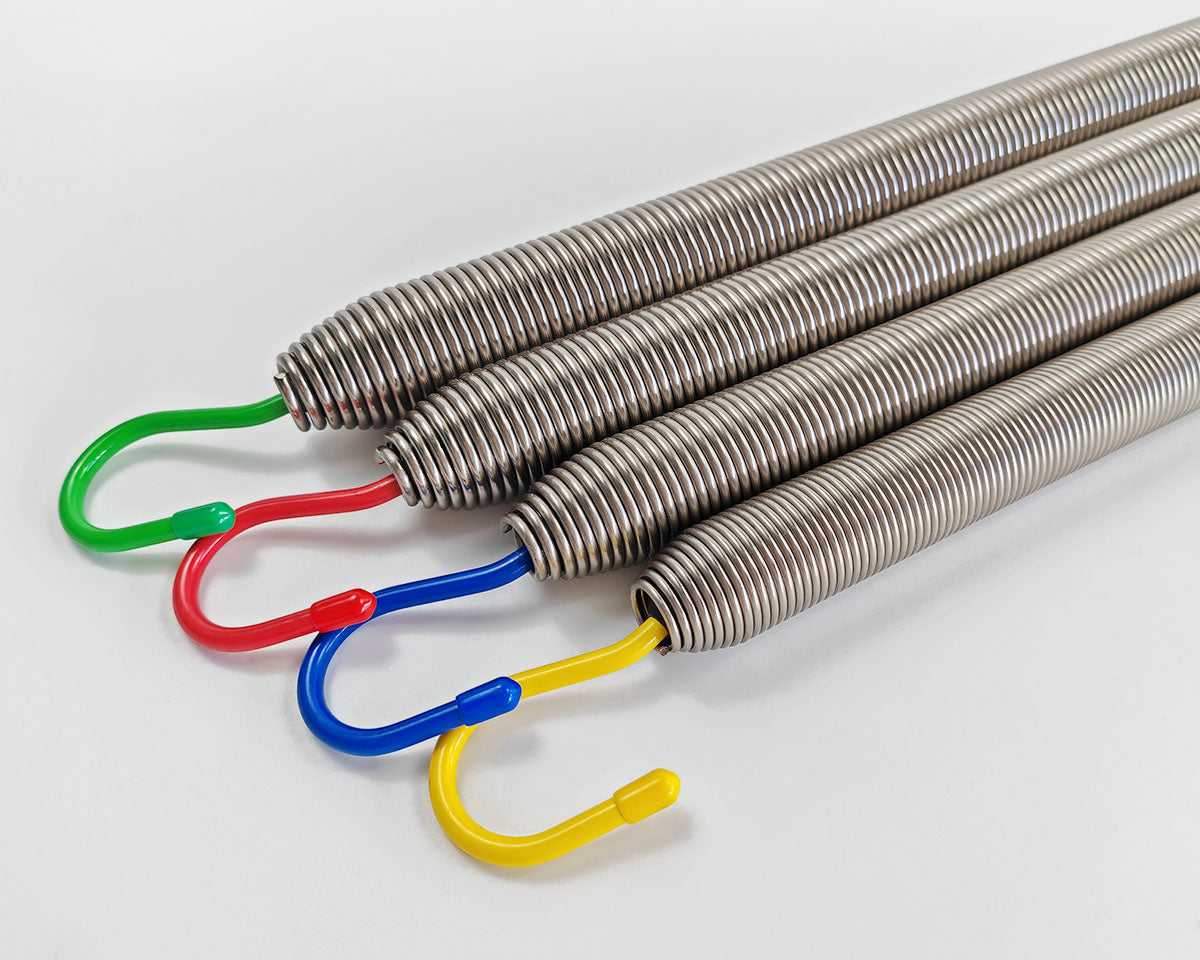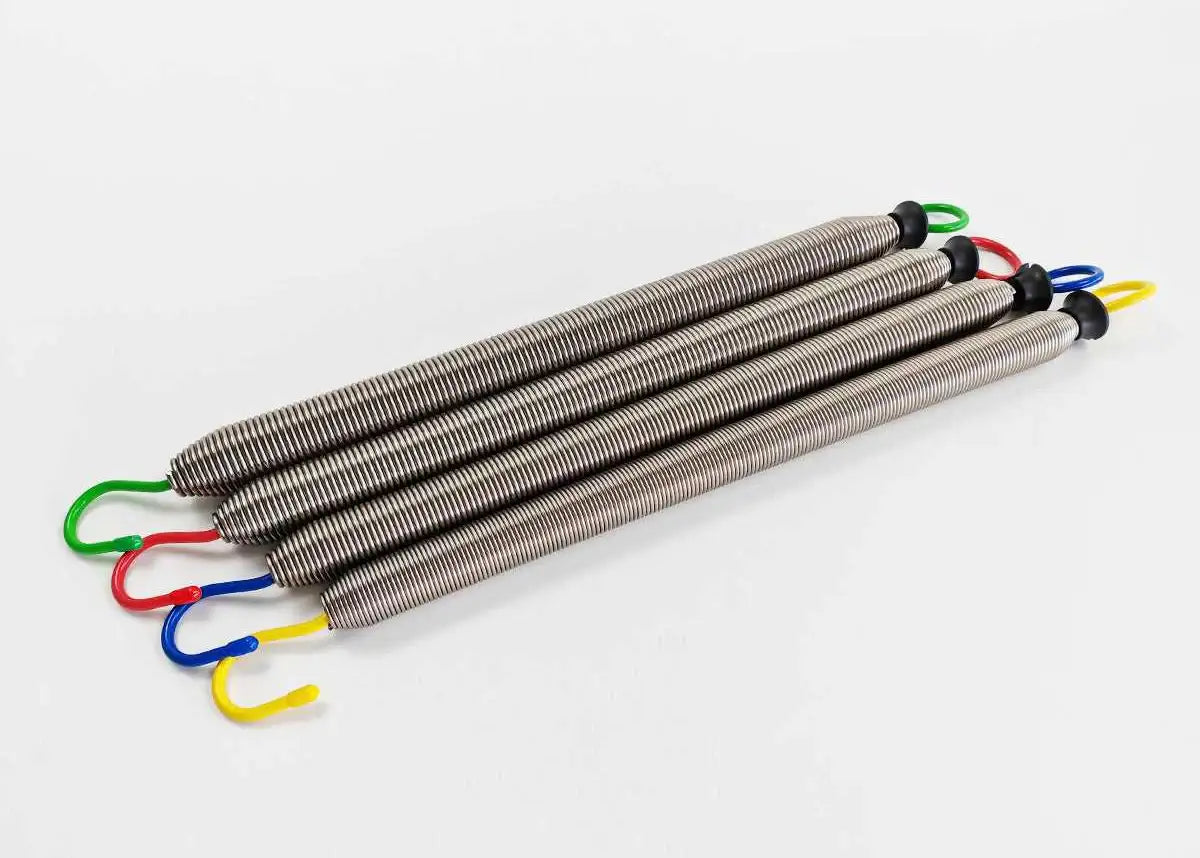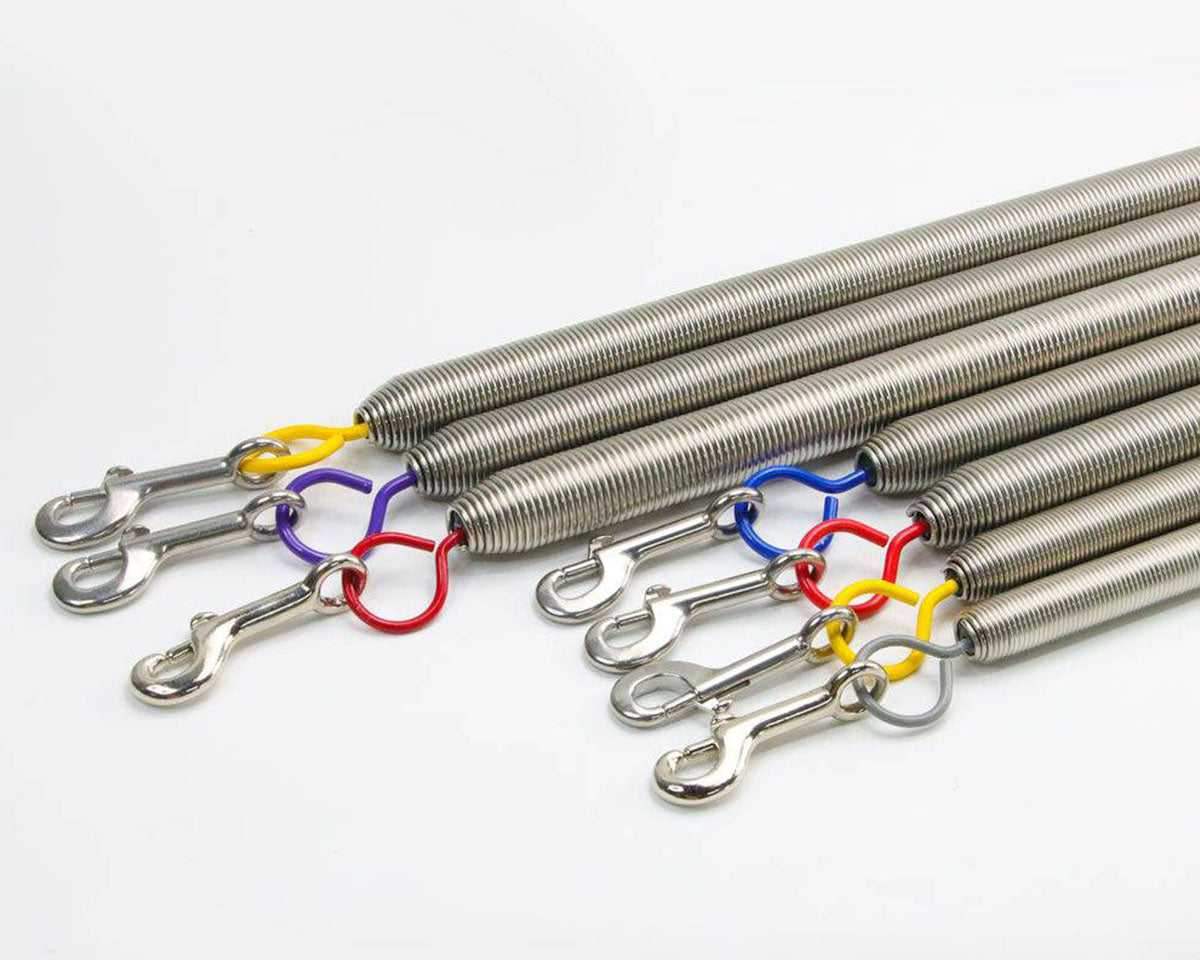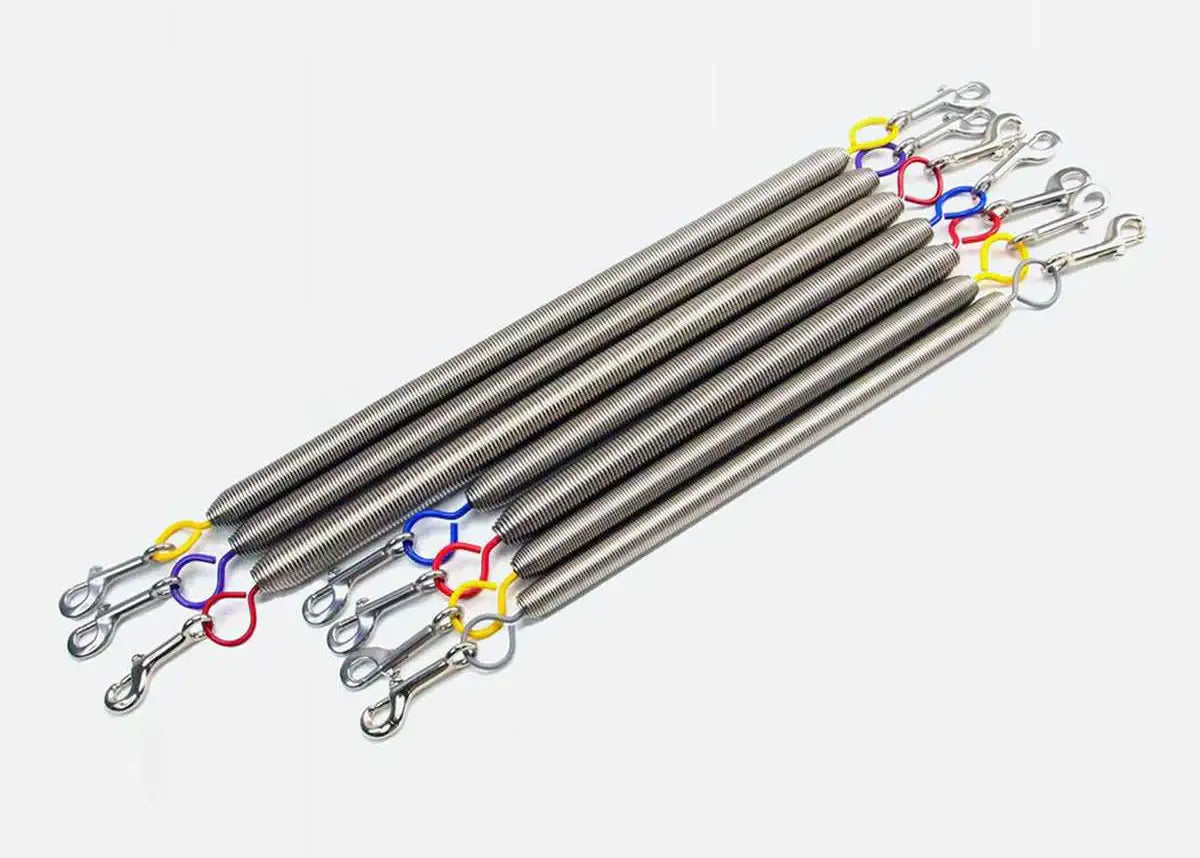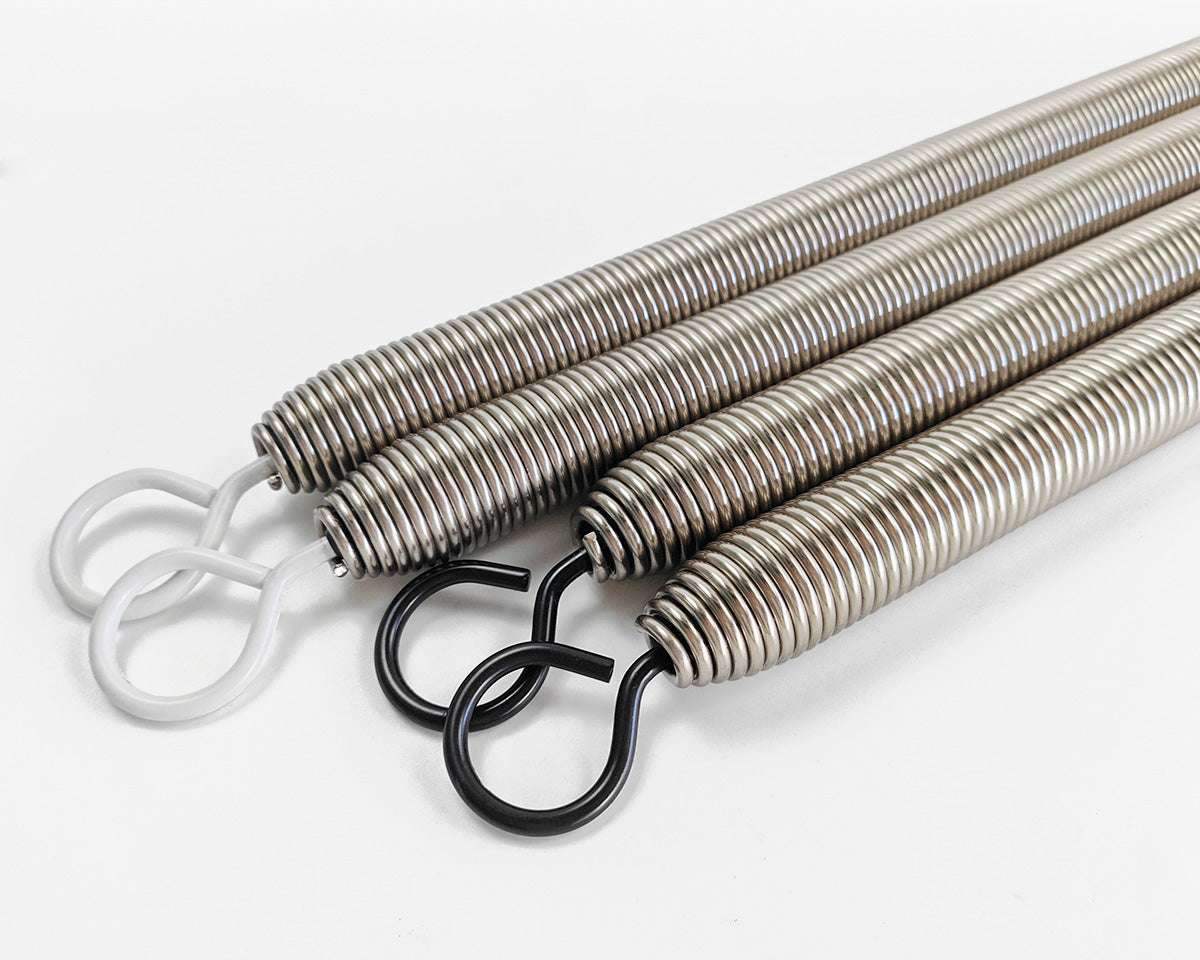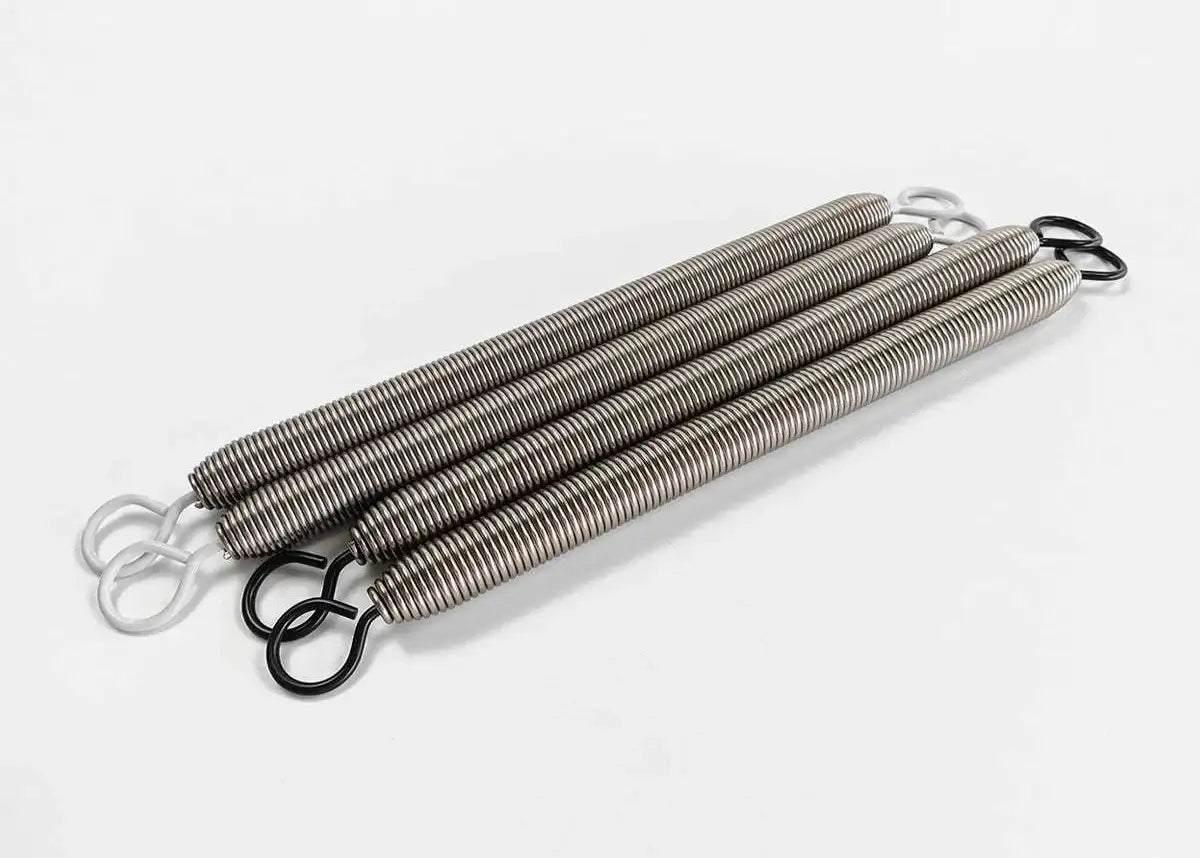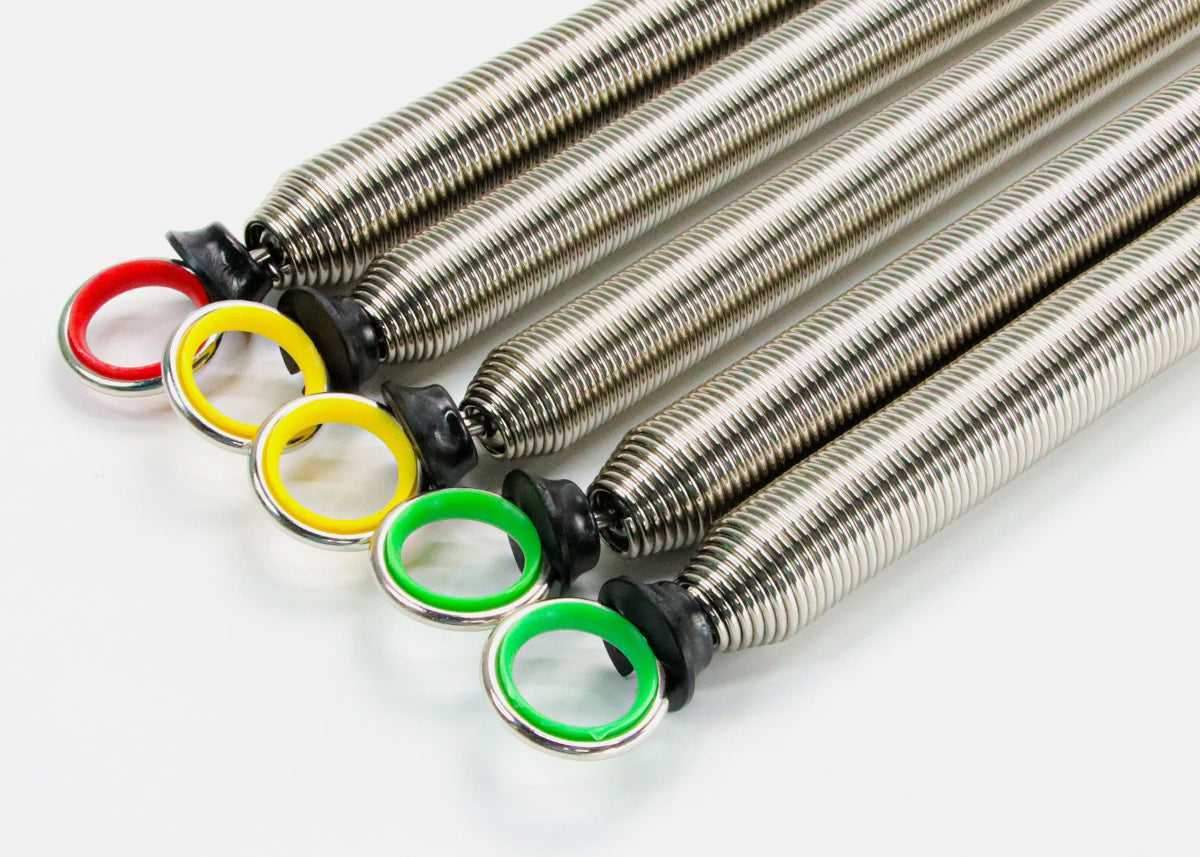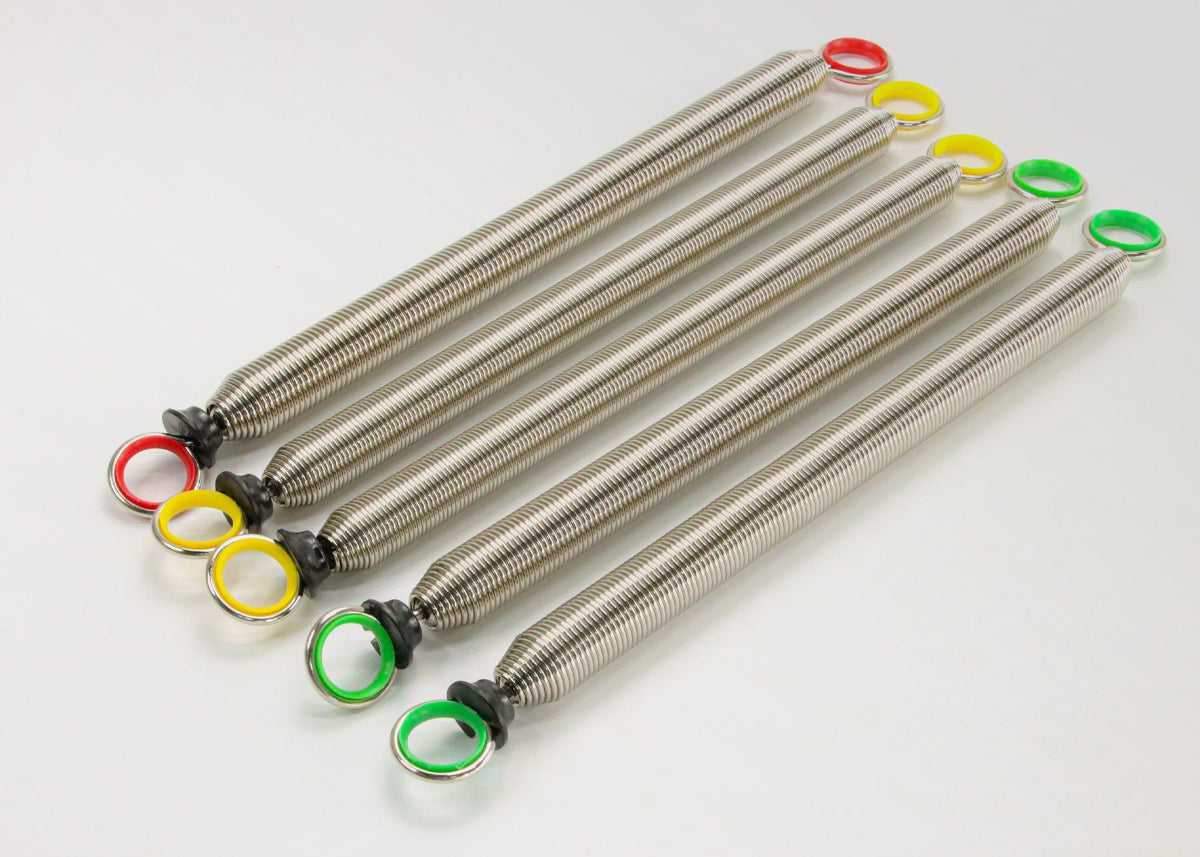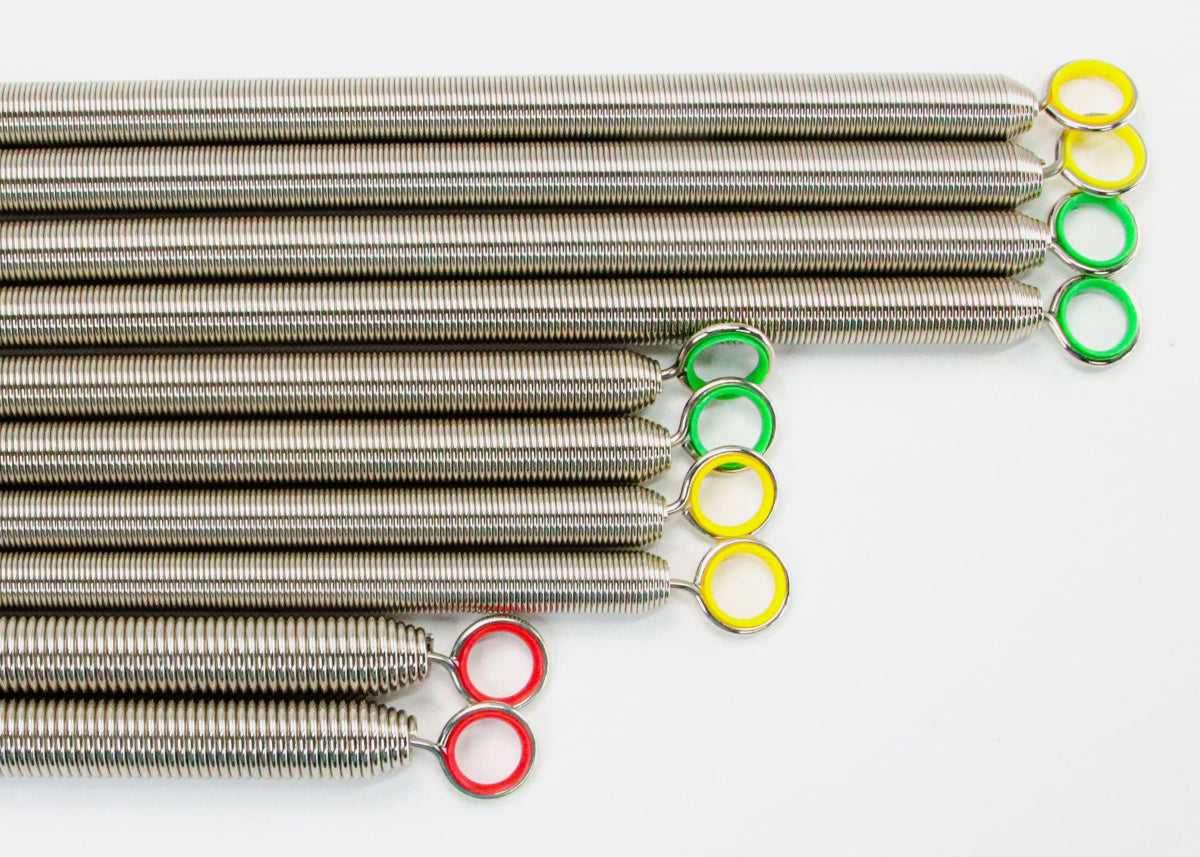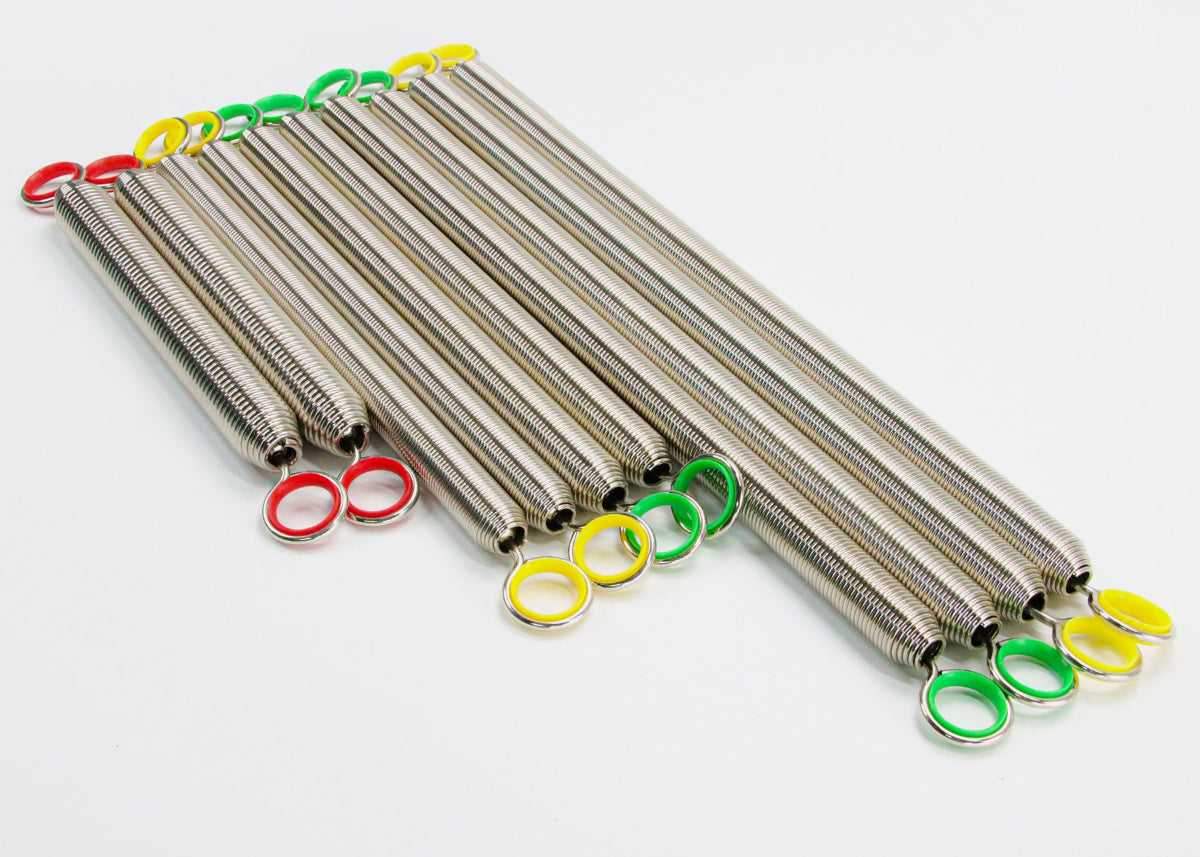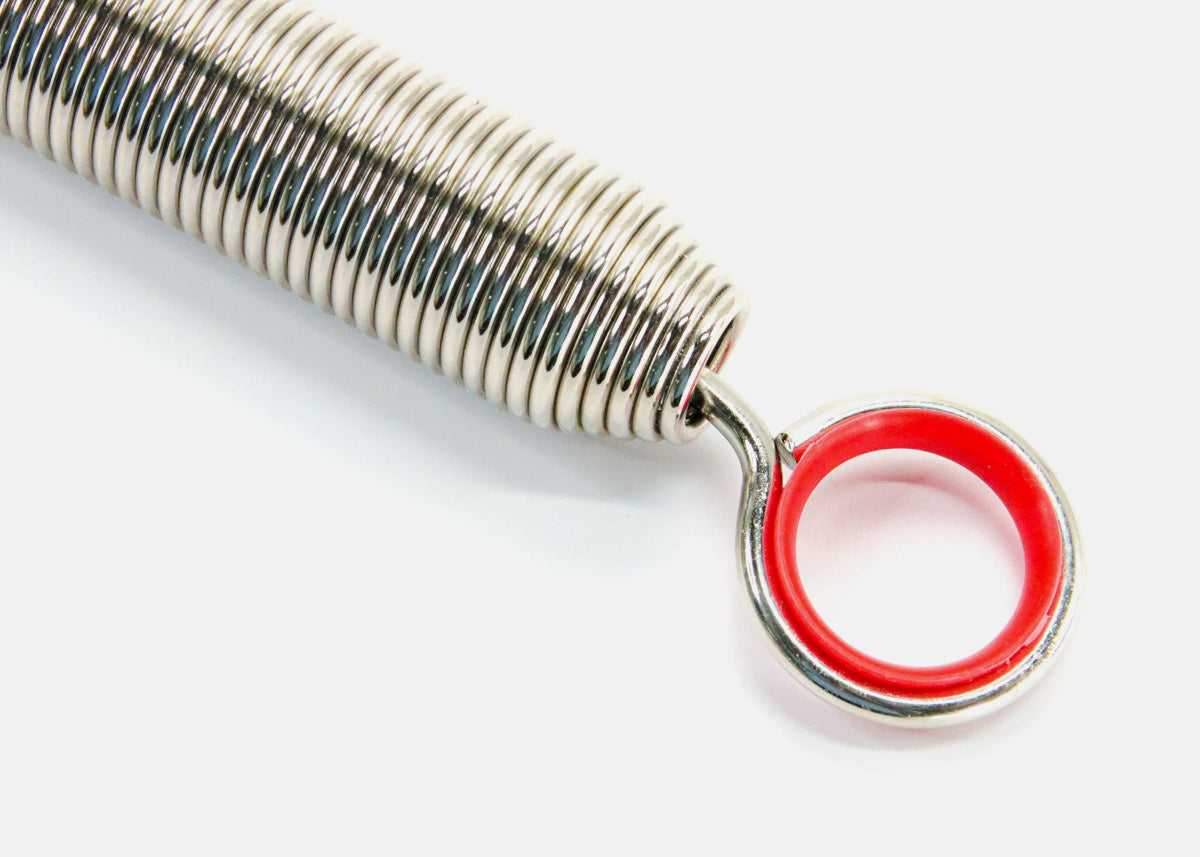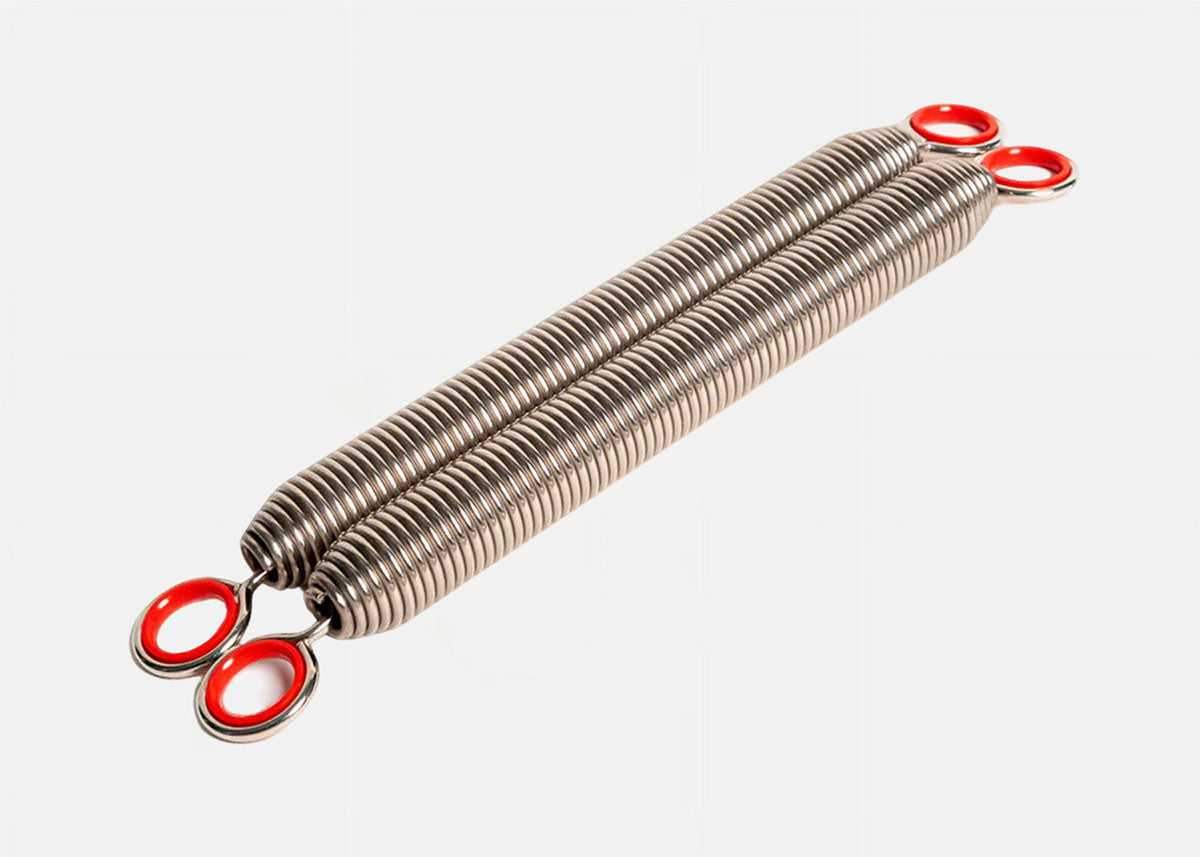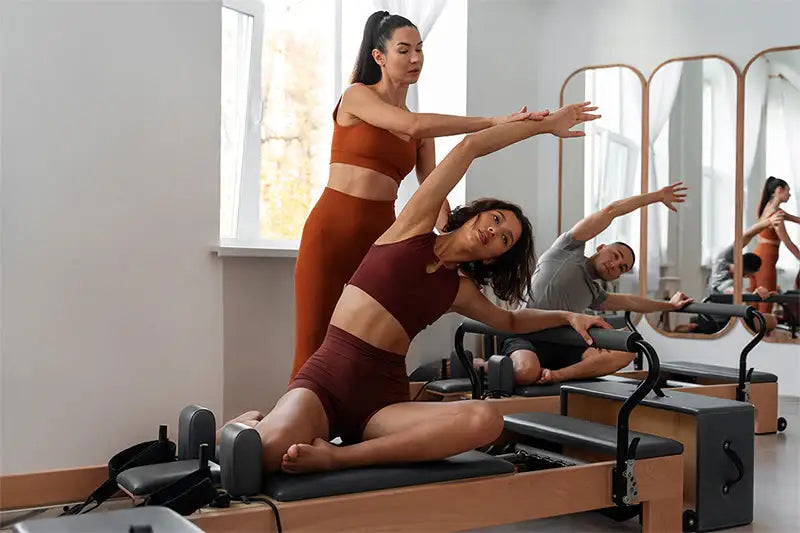In an era where fitness evolves toward precision and holistic well-being, Pilates stands out as a transformative practice that harmonizes physical strength with mental focus. When combined with its iconic spring-based equipment, this century-old methodology transcends traditional exercise, offering the Pilates spring resistance system as a cornerstone for functional fitness, rehabilitation, and postural excellence.
I. The Origins and Philosophy of Pilates: From Contrology to Modern Science
Developed by German-born Joseph Pilates in the 1920s, Pilates (originally named Contrology) emerged from a fusion of gymnastics, yoga, and rehabilitative principles. Pilates’ vision was rooted in mindful movement: he believed that intentional, controlled exercises could rebalance the body, addressing muscular imbalances and enhancing neuromuscular coordination. Unlike high-impact workouts, Pilates emphasizes quality over quantity, using spring resistance to create a unique “anti-gravity” environment that challenges muscles without straining joints.
Core Principles Reimagined with Spring Technology:
- Breath Syncing: Pilates employs lateral breathing, where the rib cage expands three-dimensionally (up/down, side/side, front/back) to oxygenate muscles and stabilize the core. Spring resistance amplifies this by encouraging deliberate breath control during resisted movements.
- Dynamic Resistance: Spring-loaded equipment like the Reformer, Cadillac/Trapeze Table, and Stability Chair uses adjustable tension to create variable resistance. Light springs assist beginners in mastering form (e.g., gentle support during spine articulation), while heavy springs challenge advanced users (e.g., intensified leg presses for glute activation).
II. Spring Equipment: The Mechanical Marvel Behind Pilates’ Efficacy
Pilates’ spring system is a testament to biomechanical innovation, offering customizable resistance and multi-planar movement:
-
Adaptive Resistance Levels:
Springs come in color-coded tensions (e.g., green for light, red for heavy), allowing users to tailor workouts to their strength. For example:- Beginners might use 2 light springs for “Footwork on Reformer” to focus on alignment.
- Athletes could add 4 heavy springs to “Pike Push-Ups” for explosive upper-body conditioning.
-
Three-Dimensional Movement:
Springs enable movements in all planes of motion. A “Side-Lying Leg Lift” on a Reformer, for instance, combines horizontal spring tension with gravitational pull, activating the gluteus medius and obliques simultaneously—an effect hard to replicate with mat exercises alone. -
Rehabilitation Applications:
The spring’s elastic recoil is ideal for injury recovery. Patients with knee instability, for example, can use spring-assisted “Short Spine Massage” on the Reformer to rebuild quadriceps control without compressive forces, as shown in a 2022 study in Journal of Orthopedic & Sports Physical Therapy.
III. 6 Key Benefits of Pilates Spring Training
-
Deep Core Activation
Unlike crunches, spring exercises like “Reformer Hundreds” engage the transverse abdominis and pelvic floor, creating a “corset effect” for spinal stability. A 2021 study in Physical Therapy in Sport found that 8 weeks of spring Pilates increased core endurance by 42% in sedentary adults. -
Postural Correction
Spring resistance targets “lazy” muscles responsible for poor posture. The “Cadillac Pulling Straps” exercise, for example, strengthens the rhomboids and rear deltoids to counteract “tech neck” and rounded shoulders, while gentle spring traction decompresses the spine. -
Flexibility + Strength Synergy
Springs offer a “stretch with purpose” approach. In “Reformer Swan Dive,” the spring’s resistance lengthens the hip flexors while activating the erector spinae, improving hamstring flexibility and spinal extension strength—a dual benefit unsupported by static stretching alone. -
Joint-Friendly Conditioning
The low-impact nature of spring Pilates reduces wear on cartilage. A 2020 study in Arthritis Research showed that older adults using spring equipment had a 31% lower risk of knee osteoarthritis progression compared to high-impact exercisers. -
Neuromuscular Agility
Unpredictable spring movements (e.g., “Jumping Board Reformer”) enhance proprioception. Athletes in sports like tennis and golf use spring drills to improve reaction time and multidirectional speed, as noted in International Journal of Sports Physiology. -
Stress Reduction via Mind-Body Flow
The rhythmic resistance of springs acts as a moving meditation. A 2019 study in Journal of Behavioral Medicine linked spring Pilates to a 28% reduction in cortisol levels, thanks to its focus on breath, precision, and present-moment awareness.
IV. Beginner’s Guide: Safely Navigating Spring Pilates
-
Start with the Basics
Opt for a Reformer introductory session using 2–3 light springs. Master foundational moves like “Single Leg Stretch” and “Shoulder Bridge” to build neural pathways for spring resistance. -
Breathe First, Move Second
Practice the Pilates breath pattern: inhale through the nose for 4 counts, exhale through pursed lips for 6 counts. Sync this with movements—e.g., exhale to engage the core during “Spring Squats,” inhale to reset. -
Progressive Overload Strategy
Increase spring tension or reps by 10% weekly. If you can perform 15 smooth “Spring Chest Presses” with 2 light springs, upgrade to 1 medium spring (or 18 reps) the following week. -
Seek Certified Instruction
Spring equipment requires precise form to avoid compensation. Look for instructors certified in Pilates Method Alliance (PMA), who emphasize anatomical alignment and adapt exercises for your unique biomechanics.
Conclusion
Pilates with spring resistance is more than a workout—it’s a holistic movement philosophy that adapts to every body, from rehab patients to elite athletes. By leveraging the intelligence of springs, you’re not just building strength; you’re rewiring how you move, think, and feel. Whether you’re drawn to the precision of the Reformer or the versatility of the Cadillac, the Pilates spring system offers a path to enduring vitality.

